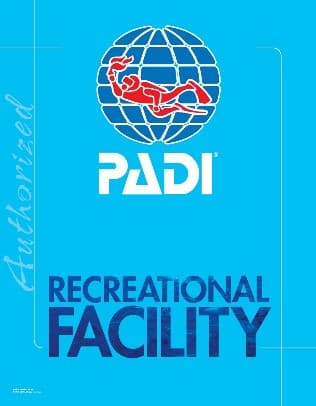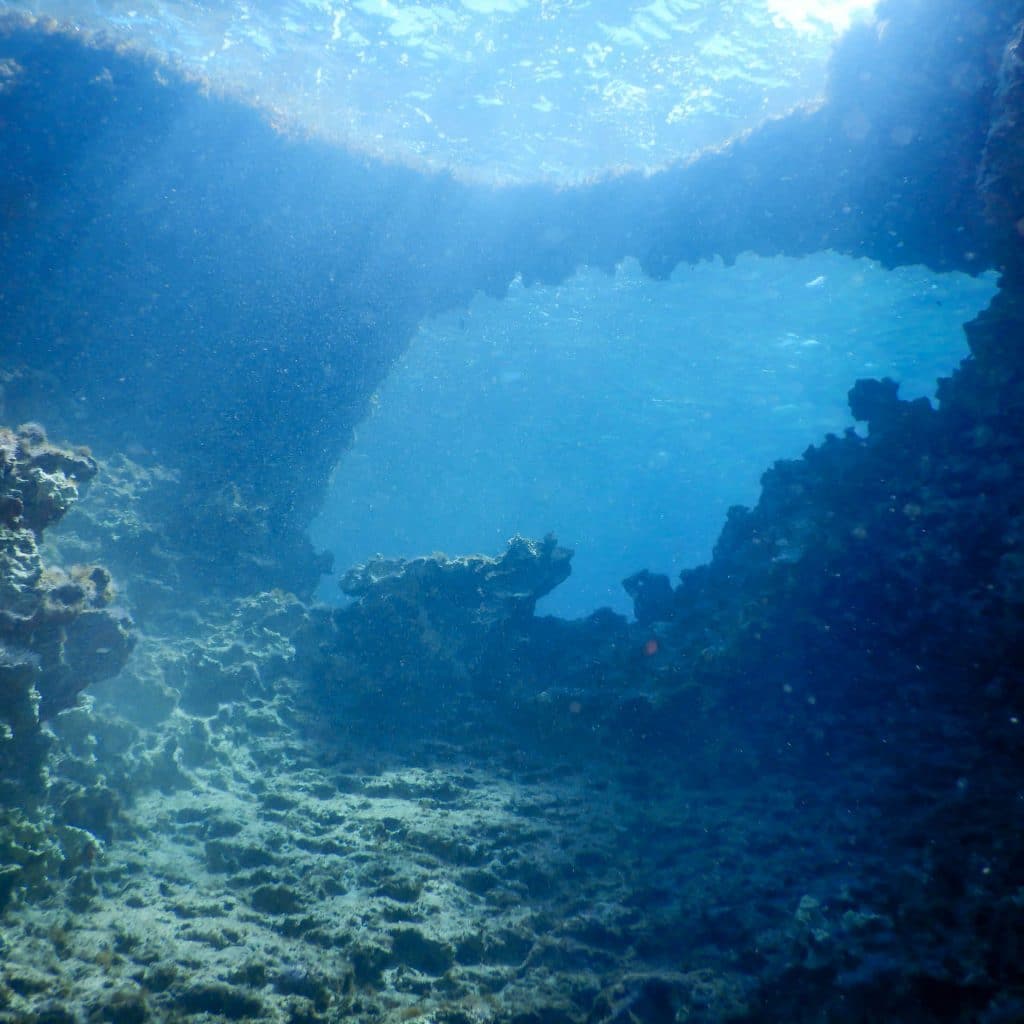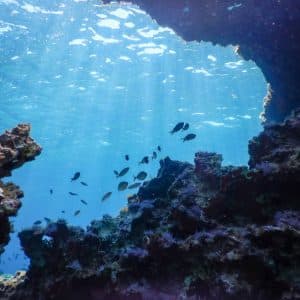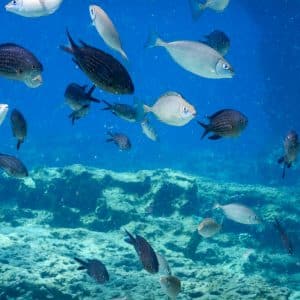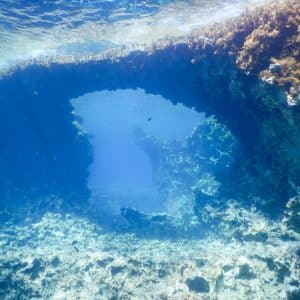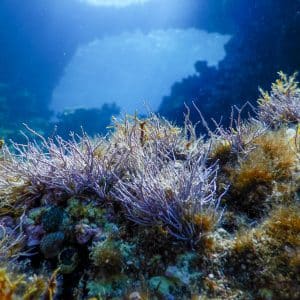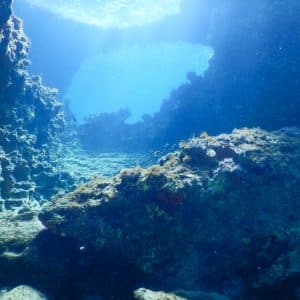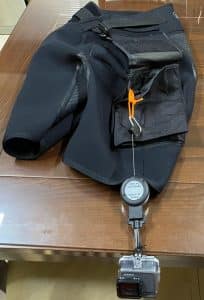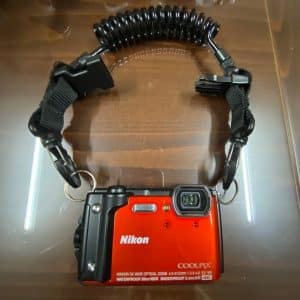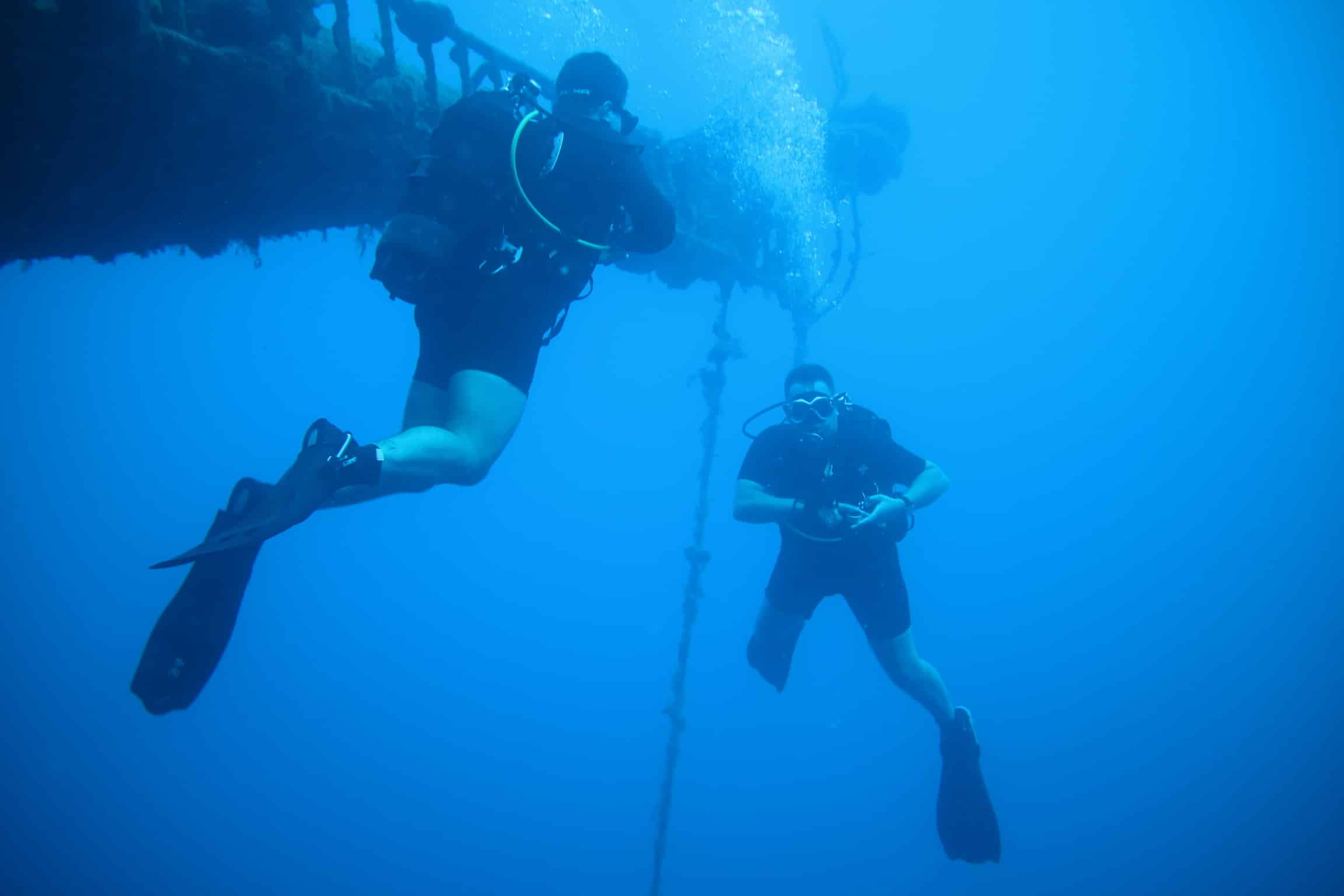SEA URCHINS – dive buddies or little urchins?
I have always loved seeing these lovely animals at many of the regular dive sites in Cyprus. They particularly congregate in clumps around the Zenobia shipwreck, breaking up the intermittent barren patches of rocks near the MUSAN Underwater Museum as well as the tunnels and caves dive site near Cape Greco. Interestingly, you will see them in the small ecosystems on wave breakers, man-made reefs and rock pools with the small fish, crabs and anemone around the Larnaca coastline.
When I was new to diving, I was mesmerised by its beautiful purple eye in the centre of its hemispherical body but then someone told me it was actually its bottom! It’s still beautiful but doesn’t quite have the same impact.


The Sea Urchin in question is actually another invasive species to Cyprus called “diadema setosum”. This species had researchers worried that it would badly effect the bio diversity of the coastal waters of Cyprus but no significant results have been established as yet to my knowledge. Diadema is a medium-sized sea urchin, characterized by its deep black colour and its hemispherical shape. All of its spines are roughly the same size (no “secondary spines”) and worn erected (never disheveled when in the water). The anus on the top is surrounded by four plates forming an anal valve. The oval face is nearly naked, the mouth being surrounded by soft, dark-greenish skin.
In Cyprus, it is found typically at shallow waters, at depths from 0 to 30 m, in rocky shores. It has a good resistance to being swept away by tides and currents from where it attaches itself to rocks. In several areas of the world, removal of sea urchins has been found to have a positive effect on the recovery of overexploited subtidal rocky habitats. One particular study assessed, for the first time in the Mediterranean Sea, the effects of extensive sea urchin culling on the recovery of subtidal reefs from its barren state.
Anecdotally, it may be a question of the chicken and the egg. With or without the sea urchin, there will still be barren parts to the coast of Cyprus especially when you consider the natural lack of algae (please see DIVERS FIRST’s BLOG article “Why are Cyprus waters so clear?”). For 4-5 years, I have seen congregations of sea urchins amongst thriving ecosystems of weeds, anemone, species of algae, crabs, etc on wave breakers with no signs of reduced life. So, personally, I don’t feel there is any significant relationship between sea urchins and barren states of Cyprus coastline. But then again, I am no marine biologist but they are definitely not as prolific as our friend the lion fish where there is direct evidence on the impact of Cyprus coastal ecosystems. Unlike the lion fish, this particular species of sea urchin is not edible but there are other species in the Mediterranean that are.
What you should do if you get punctured by a sea urchin
Here is what you should know if you accidentally get punctured by this pretty animal. Stings may vary in severity according to the species as there are approximately 950 species of sea urchins.
A puncture injury from a sea urchin can cause:
· Swelling
· Redness around the area of the sting.
· It leads to severe pain and infection.
Multiple deep puncture wounds may cause:
· Fatigue
· Weakness
· Muscle Aches
· Shock
· Paralysis
· Respiratory Failure
· Death
First Aid:
· Immerse the affected area for 30-90 minutes in water as hot as the injured person can tolerate (110-130 degrees Fahrenheit / 43 – 54 degrees Celsius). Repeat as necessary to control pain.
· Use tweezers to remove any large spines in the wound.
· Remove the pedicellaria by applying shaving cream to the affected area and gently scrape with a razor.
· Then scrub the wound with soap and water followed by extensive flushing with fresh water.
· Do not close the wound with tape or glue skin.
· If signs of infection, such as pus, redness, or heat occur, apply topical antibiotic ointment and call your doctor, who may prescribe antibiotics. If the patient is started on antibiotics, continue to take them until the patient has used the entire course of the medication. Talk to the doctor about antibiotics and sun sensitivity.
· Relieve pain with the recommended doses of acetaminophen (Tylenol) pain relievers every 4 hours and/or ibuprofen (Advil, Motrin) every 6-8 hours.
There are new studies that bring new data to consider so as to predict potential future scenarios of how the common sea urchin populations will respond to antagonist pressures of predator removal and fishing, and what significant effects they have on the environment so they might be worth a read. In the meantime, they are beautiful to photograph and have a very pretty “eye” in the middle of their hemispherical bodies!
Join DIVERS FIRST to understand and admire these magnificent creatures in their natural environment. We look forward to diving with you.
Contact us
SEA URCHINS – dive buddies or little urchins? Read More »
